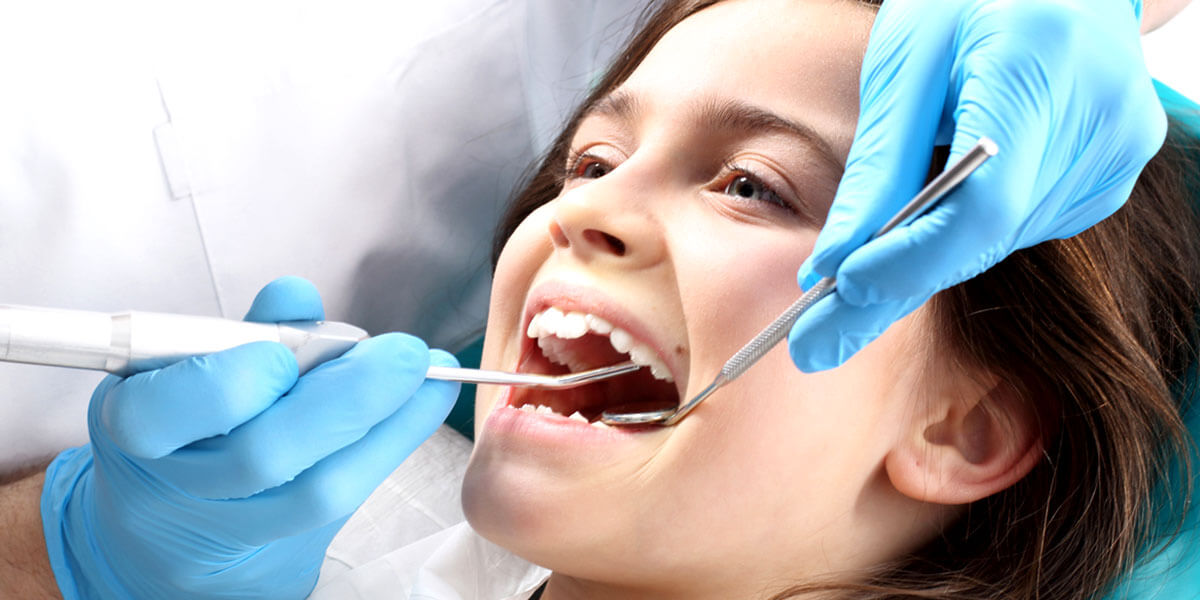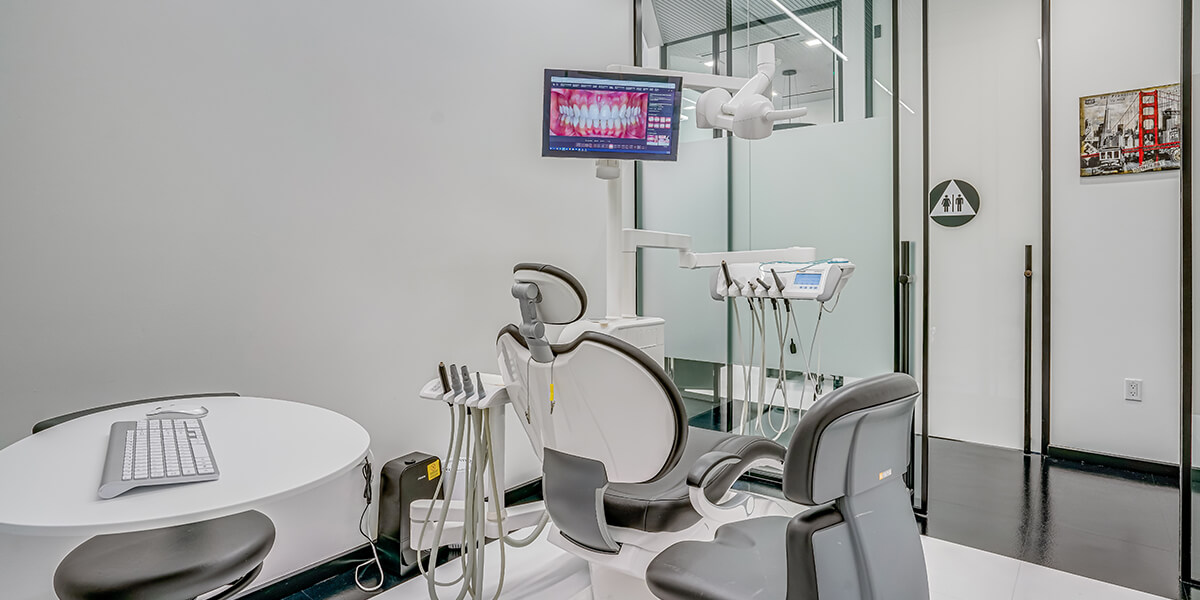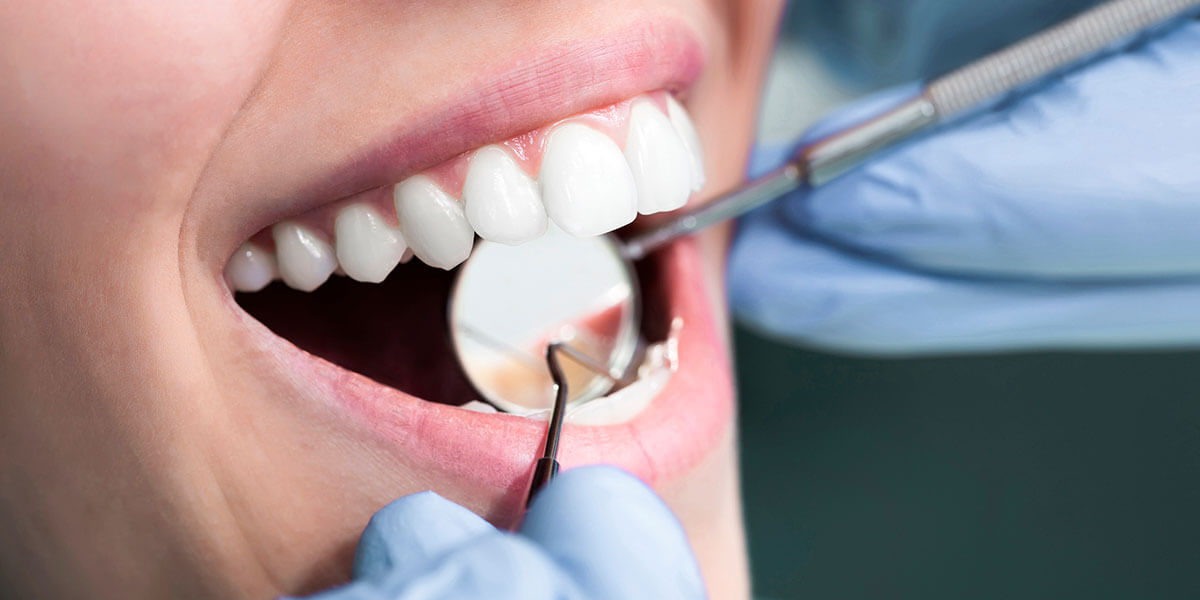Dentistry instruments are essential tools used by dentists to diagnose, treat, and prevent oral health problems. These instruments range from simple tools such as mirrors and probes to more complex tools such as dental drills and x-ray machines. Dentists use these instruments to examine the teeth and gums, remove plaque and tartar, fill cavities, and perform other dental procedures. Dentistry instruments are designed to be precise and efficient, allowing dentists to provide the best possible care for their patients.
The History of Dentistry Instruments and Their Evolution Over Time
Dentistry has been practiced for centuries, and the tools used to perform dental procedures have evolved over time. From primitive tools to modern-day instruments, dentists have used a variety of tools to diagnose and treat dental problems.
The earliest known dental instruments date back to the Stone Age. These primitive tools were made of stone, bone, and wood and were used to clean teeth and remove plaque. As time progressed, metal tools were developed and used to fill cavities and extract teeth. During the Middle Ages, barbers and blacksmiths were the primary practitioners of dentistry. They used a variety of tools, including forceps, probes, and drills, to perform dental procedures.
In the 18th century, dentistry began to become more organized and professionalized. Dentists began to use more sophisticated tools, such as dental mirrors, probes, and forceps. They also began to use dental amalgam, a mixture of mercury and silver, to fill cavities.
In the 19th century, dentistry underwent a major transformation. The introduction of anesthesia allowed dentists to perform more complex procedures without causing pain to their patients. In addition, the invention of the dental drill allowed dentists to perform more precise and efficient procedures.
Today, dentists use a variety of instruments to diagnose and treat dental problems. These include dental mirrors, probes, forceps, scalers, and drills. In addition, dentists use lasers, digital radiography, and 3D imaging to diagnose and treat dental problems.
Throughout the centuries, dentistry instruments have evolved to become more precise and efficient. From primitive tools to modern-day instruments, dentists have used a variety of tools to diagnose and treat dental problems. As technology continues to advance, dentists will continue to use more sophisticated tools to provide the best possible care for their patients.
Types of Dentistry Instruments

Dentistry is a field of medicine that focuses on the diagnosis, prevention, and treatment of diseases and conditions of the oral cavity. To perform these tasks, dentists use a variety of instruments. These instruments range from simple tools such as mirrors and probes to complex machines such as dental drills and x-ray machines. Each instrument has a specific purpose and is designed to help dentists provide the best possible care for their patients.
Mirrors are one of the most basic instruments used in dentistry. They are used to inspect the teeth and gums for signs of decay, plaque, and other abnormalities. They are also used to help dentists visualize the inside of the mouth and to check for any signs of infection.
Probes are another common instrument used in dentistry. They are used to measure the depth of cavities and to check for any signs of decay. They are also used to check for any signs of gum disease.
Dental forceps are used to grasp and remove teeth. They are also used to hold and manipulate dental materials such as fillings and crowns.
Dental drills are used to remove decay and to prepare teeth for fillings and crowns. They are also used to shape and contour teeth.
X-ray machines are used to take images of the teeth and jaw. These images are used to diagnose and treat dental problems.
Curing lights are used to harden dental materials such as fillings and crowns. They are also used to activate certain dental materials such as tooth-whitening gels.
Ultrasonic scalers are used to remove plaque and tartar from the teeth. They are also used to clean and polish the teeth.
These are just a few of the many instruments used in dentistry. Each instrument has a specific purpose and is designed to help dentists provide the best possible care for their patients.
How to Properly Care for Your Dentistry Instruments

Properly caring for your dentistry instruments is essential for ensuring the safety of your patients and the longevity of your tools. To ensure that your instruments are properly cared for, there are several steps you should take.
First, you should always clean and disinfect your instruments after each use. This will help to prevent the spread of infection and ensure that your instruments are in good condition. To clean your instruments, use a soft cloth and a mild detergent. Rinse the instruments thoroughly with water and then dry them with a clean cloth.
Second, you should store your instruments in a clean, dry place. This will help to prevent corrosion and other damage. It is also important to store your instruments in a way that prevents them from coming into contact with other instruments.
Third, you should inspect your instruments regularly. This will help to ensure that they are in good condition and that they are functioning properly. If you notice any damage or wear and tear, you should replace the instrument immediately.
Finally, you should sharpen your instruments regularly. This will help to ensure that they are performing at their best and that they are providing the best possible care for your patients.
By following these steps, you can ensure that your dentistry instruments are properly cared for and that they are providing the best possible care for your patients. Properly caring for your instruments will also help to extend their life and ensure that they are functioning properly.
The Benefits of Using High-Quality Dentistry Instruments
High-quality dentistry instruments are essential for providing safe and effective dental care. These instruments are designed to be precise and durable, allowing dentists to perform a variety of procedures with accuracy and confidence. Here are some of the benefits of using high-quality dentistry instruments.
First, high-quality instruments are designed to be more precise than lower-quality instruments. This means that dentists can perform procedures with greater accuracy, reducing the risk of mistakes and ensuring that patients receive the best possible care. Additionally, high-quality instruments are designed to last longer, meaning that dentists can rely on them for years to come. This reduces the need for frequent replacements, saving time and money.
Second, high-quality instruments are designed to be more comfortable for patients. This is especially important for procedures that require the use of instruments in sensitive areas of the mouth. High-quality instruments are designed to be gentle and non-irritating, reducing the risk of discomfort and pain for patients.
Finally, high-quality instruments are designed to be easier to use for dentists. This is especially important for complex procedures that require precise movements. High-quality instruments are designed to be ergonomic and easy to maneuver, allowing dentists to perform procedures with greater ease and efficiency.
In conclusion, high-quality dentistry instruments are essential for providing safe and effective dental care. These instruments are designed to be precise, durable, comfortable, and easy to use, allowing dentists to perform a variety of procedures with accuracy and confidence. For these reasons, it is important for dentists to invest in high-quality instruments in order to ensure the best possible care for their patients.
The Latest Innovations in Dentistry Instruments

The field of dentistry is constantly evolving, and new instruments are being developed to improve the quality of care for patients. From advanced imaging technology to improved tools for cleaning and restoring teeth, the latest innovations in dentistry instruments are revolutionizing the way dentists diagnose and treat oral health issues.
One of the most exciting developments in dentistry is the use of digital imaging technology. Digital X-rays, for example, provide a more detailed image of the teeth and jaw than traditional X-rays, allowing dentists to diagnose problems more accurately. Digital imaging also reduces radiation exposure for patients, making it a safer option.
Another recent innovation in dentistry instruments is the use of lasers. Lasers can be used to remove decay, reshape gums, and whiten teeth. They are also used to treat periodontal disease, which is an infection of the gums. Lasers are more precise than traditional tools, and they can reduce the amount of time needed for certain procedures.
Dentists are also using 3D printing technology to create custom-fit dental crowns and bridges. This technology allows dentists to create a precise model of the patient’s teeth, which can then be used to create a perfect-fitting restoration. 3D printing also reduces the amount of time needed for certain procedures, as well as the amount of material used.
Finally, dentists are now using ultrasonic scalers to clean teeth. These instruments use sound waves to break up plaque and tartar, making it easier to remove. Ultrasonic scalers are also more comfortable for patients, as they don’t require the use of metal tools.
These are just a few of the latest innovations in dentistry instruments. As technology continues to advance, dentists will have access to even more advanced tools to help them provide the best possible care for their patients.
Conclusion
In conclusion, dentistry instruments are essential tools for any dental practice. They are used to diagnose, treat, and prevent oral health problems. They are also used to perform a variety of procedures, from simple cleanings to complex surgeries. Dentists must be knowledgeable about the different types of instruments and their uses in order to provide the best care for their patients. With the right instruments, dentists can ensure that their patients receive the highest quality of care.




